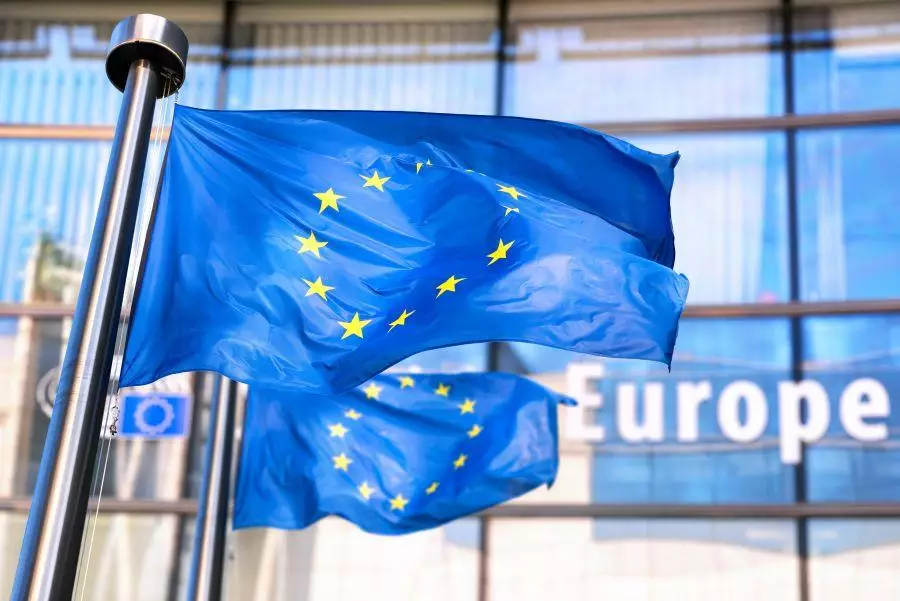The proposed Central Bank Digital Currency (CBDC), the digital euro, has drawn attention from European Union (EU) data protection agencies. The European Data Protection Board (EDPB) and the European Data Protection Supervisor (EDPS) recently expressed their opinions on the potential user privacy exposures of the digital euro, highlighting both positive aspects and areas of concern.
The EDPB and EDPS recognized the advantages presented by the digital euro in their joint release. They acknowledged the convenience it offers individuals, allowing them to spend the euro on the blockchain through online and offline methods. Furthermore, the digital euro provides a cash alternative, which can be valuable in certain situations.
While the data protection agencies appreciated certain aspects of the proposal that aimed to safeguard user data, they also pointed out the existence of loopholes that require urgent attention. The bodies welcomed the commitment to ensuring high levels of data privacy for the use of the online digital euro and an even higher level of protection for the use of the offline digital euro.
Concerns with Identifiers and Single Access Point
One of the main concerns raised by the agencies is the potential for data privacy breaches due to the use of a single access point. The European Central Bank (ECB) and local banks plan to implement this point of access to verify that users do not possess more funds than allowed. However, the terms and powers of these identifiers remain vague, raising questions about their role and potential for exposing personal data.
The proposed regulation includes a fraud detection and prevention mechanism (FDPM), which has come under scrutiny from data regulators. The concerns stem from the vague descriptions provided, as certain provisions could potentially compromise user privacy. The data protection agencies recommend the establishment of a stronger framework with limited data access to address these concerns.
To safeguard against investigations for anti-money laundering (AML) purposes and other related crime-fighting efforts, the EDPB and EDPS suggest implementing a “privacy threshold” for online transactions. This threshold would protect the privacy of offline and low-value transactions, ensuring that users’ personal data is not unnecessarily accessed or scrutinized.
Clarification of Data Protection Measures
In order to gain user trust and confidence, the data protection agencies emphasize the need for the ECB to clarify and establish robust data protection measures throughout all phases of implementing the digital euro. This is crucial as several countries are exploring the possibility of introducing their own CBDCs, and concerns about government surveillance and improper control are prevalent.
As the EU considers the potential implementation of the digital euro, it is imperative to address the concerns surrounding user privacy. While the proposal acknowledges and aims to protect user data, there are still areas that require improvement. By strengthening data protection measures, establishing clear guidelines for identifiers and access points, and safeguarding offline and low-value transactions, the digital euro can be implemented in a manner that respects individuals’ privacy rights and fosters user trust.


Leave a Reply